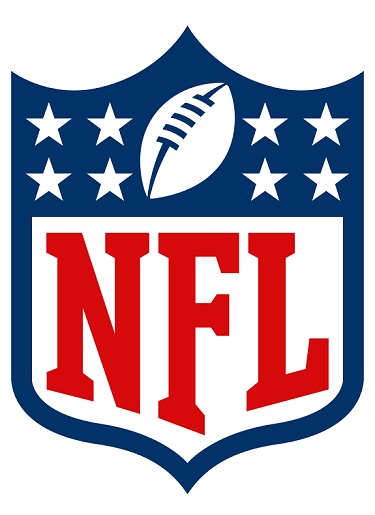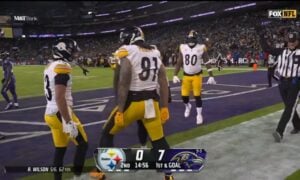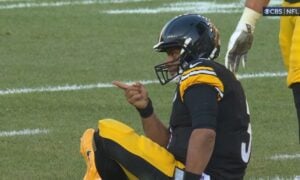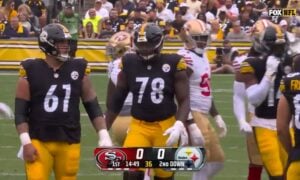The NFL knows how much people enjoy learning about new rules that don’t even directly affect them. That is the entire purpose of the Annual League Meeting, to create new rules or modify old rules for people to learn for the next NFL season, to add a further layer of entertaining for their viewing experience.
That might not be a totally accurate categorization of how it happens, of course, but at least the part about the rules constantly changing is true. And a lot of changes happened this past month, but most of them have been swept under the rug thanks to the two big rule changes regarding what a catch is and how you can use your helmet soaking up all the attention.
I wanted to shine a light on a few of these other rules that haven’t been talked about much, if at all, because they do affect the game, even if it isn’t obvious. I pointed out yesterday that active playoff teams will now be able to sign players to Reserve/Future contracts, for example, which is a subtle but significant development.
Another modification that has been quietly made is that teams can now make contact with players who are not subject to waivers whose release has been announced via official channels but has not yet been made official. This could potentially allow teams to get a foot in the door to sign those players quickly or even facilitate a trade.
The new modification to a pre-existing bylaw, at least for a trial run for the 2018 season, eliminates the requirement that vested veterans during the regular season (and prior to the trade deadline when all players become subject to waivers) be officially released via the Personnel Notice that shows up as a transaction sheet.
“A Vested Veteran whose contract is being terminated cannot be contacted by other clubs until they have received official notification on a Personnel Notice that such player’s contract has been terminated”, the bylaw previously read. It specified that statements by the player, agent, club, or club’s website are not official.
That is no longer the case. A new note reads that teams can be in contact with the player provided that his team “has officially announced via a press release, social media report, or other form of a public announcement that the player has been or will be released”.
Given that it says it can be an announcement that a player will be released, that clearly indicates that a team can be in contact with a player prior to his release. Hypothetically, then, the player can be traded rather than released. But of course this sort of thing already happens when teams float out news of release.
The change here allows teams to speak not to the other teams about the player, but directly to the player himself prior to release. This may end up being just a minor modification (and on a one-year basis), but I could see it potentially being used to some team’s advantage.








